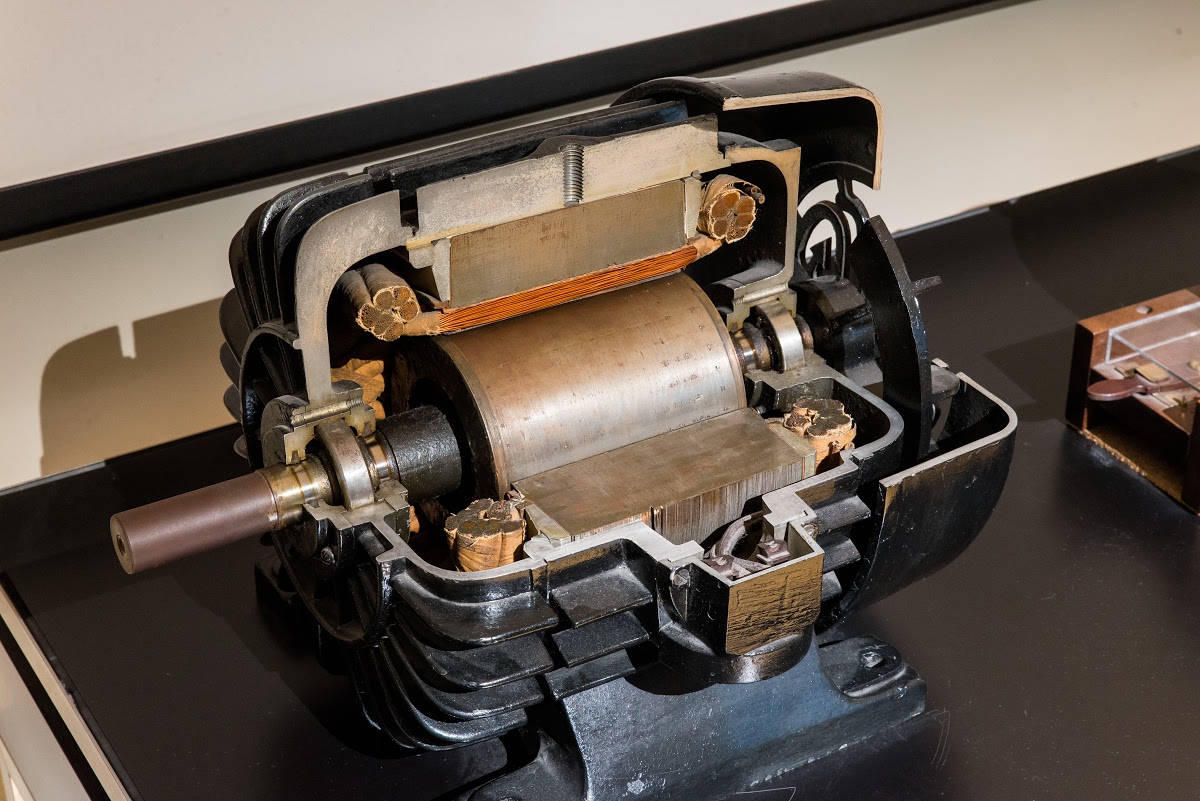

Articles
Who Invented The Ac Electric Motor
Modified: December 7, 2023
Discover the fascinating history of the AC electric motor and learn about the inventors behind this revolutionary technology. Read articles on the evolution and impact of AC motors.
(Many of the links in this article redirect to a specific reviewed product. Your purchase of these products through affiliate links helps to generate commission for Storables.com, at no extra cost. Learn more)
Introduction
Electric motors play an integral role in our modern world, powering everything from household appliances to industrial machinery. While there are various types of electric motors, the AC (alternating current) electric motor stands out as one of the most significant inventions in the field. The AC electric motor paved the way for a wide range of applications and revolutionized the way we harness and use electricity.
In this article, we will delve into the fascinating story behind the invention of the AC electric motor, exploring the early developments, the key players involved, and the impact it has had on our society.
Early Developments in Electric Motors:
The journey towards the development of the AC electric motor began in the 19th century when scientists and inventors were experimenting with different ways to harness electricity. One of the earliest pioneers in this field was Michael Faraday, who discovered the principle of electromagnetic induction in the 1830s.
Faraday’s work laid the foundation for subsequent advancements in the field, leading to the creation of electric generators and motors. However, it wasn’t until later that the concept of alternating current emerged as a viable option for powering electric motors.
Key Takeaways:
- The AC electric motor, pioneered by visionaries like Nikola Tesla and Galileo Ferraris, revolutionized power transmission, industrial productivity, and transportation, shaping the modern world we live in.
- The legacy of the AC motor extends beyond power generation, impacting industries, transportation, and sustainability, inspiring ongoing innovation and shaping the path of progress in the 21st century and beyond.
Read more: Who Invented The Electric Motor
Early Developments in Electric Motors
The development of electric motors can be traced back to the 19th century when scientists and inventors began exploring ways to harness the power of electricity. One of the key pioneers during this time was Michael Faraday, whose groundbreaking work in electromagnetic induction laid the foundation for future advancements in the field.
Faraday’s experiments with coils and magnets led to the discovery that an electric current could be induced by a change in magnetic field strength. This principle, known as Faraday’s Law, became the basis for the development of electric generators and motors.
It was in the early 1830s when William Sturgeon, an English inventor, built the first practical electric motor using electromagnets. Sturgeon’s motor utilized a horseshoe-shaped electromagnet that could rotate when an electric current was passed through it. This was a significant milestone in the evolution of electric motors.
As the years went by, inventors and scientists continued to refine and improve upon the early electric motor designs. Notably, Thomas Davenport, an American inventor, patented the first DC (direct current) electric motor in 1837. Davenport’s motor used a battery as a power source and featured a commutator to change the direction of the electric current.
While DC motors were a significant development, they faced limitations, such as the need for a constant power source and the inability to transmit electricity over long distances efficiently. This led to a search for alternative solutions that could overcome these challenges.
Enter the concept of alternating current (AC). The idea of AC had been floating around since the late 18th century, with inventors like André-Marie Ampère and Hippolyte Pixii experimenting with AC generators. However, it wasn’t until the late 19th century that AC began to gain traction as a viable option for powering electric motors.
The breakthrough came with the development of the AC induction motor, a concept first envisioned by Galileo Ferraris, an Italian physicist and engineer. Ferraris published a paper in 1888 outlining the theory and design of AC motors based on rotating magnetic fields. His work laid the groundwork for the future development of AC motors.
The AC induction motor operates on the principle of electromagnetic induction, similar to Faraday’s earlier discoveries. It involves two main components: a stationary stator and a rotating rotor. The stator contains a set of coils through which alternating current passes, generating a rotating magnetic field. This rotating magnetic field induces currents in the rotor, causing it to rotate.
While Ferraris’ work was groundbreaking, it was another inventor who would take the AC motor to new heights and make it a commercial success. That inventor was none other than Nikola Tesla.
Nikola Tesla and the AC Electric Motor
When it comes to the development and popularization of the AC electric motor, no name is more iconic than Nikola Tesla. Born in Serbia in 1856, Tesla immigrated to the United States in 1884 and would go on to become one of history’s most brilliant inventors.
Tesla’s fascination with electricity and magnetism led him to experiment extensively with AC power. He recognized the limitations of DC motors and saw the tremendous potential of AC for transmitting electrical power over long distances. Tesla believed that AC had the ability to revolutionize the way electricity was generated and used.
In the late 1880s, Tesla designed and built the first practical AC induction motor. His motor design utilized a polyphase system, which involved multiple phases of alternating current. This allowed for a more efficient and powerful motor compared to the single-phase designs that came before it.
Tesla’s AC motor was not only more efficient but also had the ability to operate at higher voltages, making it suitable for long-distance power transmission. This was a groundbreaking development at a time when DC power systems were dominant.
In 1888, Tesla filed a patent for his AC motor, laying the foundation for its widespread adoption and commercialization. However, he faced significant challenges when it came to securing funding and support for his AC power systems. Thomas Edison, who championed DC power, was one of Tesla’s main rivals and staunch critics.
The battle between Tesla and Edison, known as the “War of Currents,” became legendary in the history of electricity. Edison promoted DC power as the safer and more reliable option, while Tesla advocated for the superiority of AC power. The rivalry between the two inventors reached its pinnacle with the construction of the Niagara Falls Power Plant in the late 1890s.
Tesla’s AC system ultimately proved to be more practical and adaptable for large-scale power distribution. The Niagara Falls Power Plant, equipped with AC generators and motors designed by Tesla, demonstrated the superiority of AC power in transmitting electricity over long distances. This success paved the way for the eventual widespread adoption of AC power systems.
Thanks to Tesla’s innovative designs and unwavering belief in the potential of AC power, the AC induction motor became one of the most transformative inventions of the 19th century. It revolutionized the industrial world and sparked a new era of electrical advancements.
Today, AC motors are used in a wide range of applications, from powering machinery and vehicles to driving appliances and HVAC systems. Tesla’s contributions to the field of electric motors and AC power continue to inspire and shape the world we live in.
The Induction Motor
At the heart of the AC electric motor lies the induction motor, a remarkable invention that transformed the way electrical energy is converted into mechanical energy. The induction motor, also known as the asynchronous motor, is a cornerstone of modern electric power systems.
The concept of the induction motor is based on the principle of electromagnetic induction, which was discovered by Michael Faraday in the early 19th century. Faraday observed that when a conductor is placed within a changing magnetic field, an electric current is induced within the conductor. This phenomenon forms the foundation of the induction motor.
The induction motor consists of two essential components: the stator and the rotor. The stator is the stationary part of the motor and houses the primary winding. The rotor, on the other hand, is the rotating part and carries the secondary winding.
When an alternating current is supplied to the stator windings, a rotating magnetic field is created. This rotating field induces currents in the rotor windings, causing the rotor to rotate. It is this induction of currents in the rotor that gives the motor its name. Unlike a DC motor, which requires a commutator and brushes to supply direct current to the rotor, the induction motor relies on the induction principle to generate the necessary currents.
One of the key advantages of the induction motor is its simplicity and durability. The absence of brushes and commutators eliminates wear and reduces maintenance requirements, making it a reliable and long-lasting motor option.
Furthermore, the induction motor is highly efficient due to its design. As the rotor rotates at a slightly slower speed than the stator’s rotating magnetic field, it creates a relative motion that induces currents in the rotor windings. This interaction ensures a smooth and efficient transfer of energy, resulting in high motor efficiency.
Induction motors are available in various sizes and configurations to suit different applications. They can be found in large industrial settings, powering heavy machinery and equipment, as well as in smaller applications such as household appliances, fans, and pumps.
Today, with advancements in technology, the induction motor continues to evolve. Variable frequency drive (VFD) systems allow for precise control of motor speed and improve energy efficiency. Additionally, advancements in materials and design have led to the development of high-efficiency induction motors, further reducing energy consumption.
The induction motor remains an integral part of our everyday lives, powering the devices and machinery we rely on. Its simplicity, reliability, and efficiency make it an essential component in the world of electric motors.
Nikola Tesla is credited with inventing the AC electric motor in 1887. His design used a rotating magnetic field to create motion, revolutionizing the way electricity is used.
The Role of Galileo Ferraris
When discussing the development of the AC electric motor, it is impossible to overlook the contributions of Galileo Ferraris, an Italian physicist and engineer who played a crucial role in advancing the understanding and application of alternating current technology.
Ferraris was born in 1847 in Livorno, Italy. He was a remarkable scientist who made significant contributions to various fields, including electromagnetism and electrical engineering. However, it was his work on the theory and design of AC motors that would leave a lasting impact on the world.
In 1885, Ferraris published a paper titled “Theory of the Alternate Current Motor” in the renowned scientific journal “Atti della Società Italiana degli Ingegneri.” In this paper, Ferraris outlined his revolutionary idea of using multiple phases of alternating current to create a rotating magnetic field within an electric motor.
At the time, other inventors and scientists were grappling with the challenge of developing efficient AC motors. Ferraris’ groundbreaking concept of the rotating magnetic field laid the foundation for the future development of AC motors, particularly the AC induction motor.
In his paper, Ferraris explained that by using two or more phases of alternating current, it was possible to generate a rotating magnetic field without the need for mechanical switches or commutators. This was a significant breakthrough as it eliminated the limitations of early DC motors and allowed for a more reliable and efficient motor design.
Ferraris’ theoretical work caught the attention of other pioneering scientists, including Nikola Tesla. Tesla recognized the significance of Ferraris’ ideas and built upon them to develop practical AC motor designs.
Ferraris’ work not only laid the foundation for the development of AC motors but also contributed to the understanding of polyphase electrical systems, which are vital for power distribution and transmission. His insights into the generation and control of alternating currents were instrumental in the advancement of electrical engineering as a whole.
Unfortunately, Ferraris’ contributions were overshadowed by the intense rivalry between Tesla and Thomas Edison during the “War of Currents.” While Tesla and Edison were at odds over which current, AC or DC, would dominate the power industry, Ferraris’ work was often overlooked or underestimated.
Despite the lack of widespread recognition during his lifetime, Ferraris’ contributions to the field of AC motors and polyphase systems have since been acknowledged and celebrated. His groundbreaking ideas set the stage for the development of modern AC motors, which continue to be used in countless applications today.
Galileo Ferraris’ work serves as a testament to the power of scientific curiosity and innovation. His contributions to the world of electrical engineering have left an indelible mark and continue to inspire future generations of inventors and engineers.
Read more: Who Invented The Electric Lamp
The Patents Battle: Tesla vs. Edison
The invention and commercialization of the AC electric motor were not without their share of conflicts and rivalries. One of the most famous and contentious battles in the history of electricity was the patents dispute between Nikola Tesla and Thomas Edison, commonly referred to as the “War of Currents.”
At the heart of this rivalry was the debate over which electrical system would dominate the power industry: Tesla’s alternating current (AC) or Edison’s direct current (DC). Edison was a strong advocate for DC power, which he had successfully commercialized and used in his electric lighting systems.
Tesla, on the other hand, was a staunch supporter of AC power, recognizing its superiority in transmitting electricity over long distances. Tesla believed that AC power, with its ability to be efficiently transformed to different voltages, was the key to a more effective and widespread electrical distribution system.
The patents battle between Tesla and Edison arose when Tesla started working for Edison’s company, the Edison Electric Light Company, in 1884. Tesla’s expertise and ideas soon clashed with Edison’s insistence on using DC power. Tesla envisioned an AC power system that could revolutionize electrical power generation and consumption, but his ideas were met with resistance from Edison.
In 1885, Tesla left Edison’s company and embarked on his own entrepreneurial journey to develop and promote AC power technology. He filed numerous patents relating to AC motors, transformers, and polyphase systems, all of which were essential components of an efficient AC power system.
Edison, not one to back down from a challenge, fiercely defended his DC power system and launched a campaign to discredit AC power, claiming it was dangerous and unreliable. He even went so far as to publicly demonstrate the dangers of AC by electrocuting animals, causing public outrage and concern.
The battle reached its climax with the development of the Niagara Falls Power Plant. Tesla, backed by financier George Westinghouse, secured the contract to build the power plant using AC generators and motors. The success and efficiency of the AC power system showcased the superiority of Tesla’s inventions.
Edison tried to protect his interests in the power market by insisting on using DC power, but his system proved to be inefficient for long-distance power transmission. The reliability and cost-effectiveness of AC power ultimately led to its widespread adoption.
In the end, Tesla’s AC power system prevailed, and the world saw the rapid expansion of AC-powered technology, including the implementation of AC electric motors in various applications. Tesla’s patents and innovations played a significant role in shaping the future of electrical power systems.
Though Tesla and Edison were fierce rivals, their contributions to the field cannot be understated. Tesla’s pioneering work on AC power and induction motors, along with Edison’s contributions to DC power and lighting systems, laid the foundation for modern electricity.
The patents battle between Tesla and Edison serves as a testament to the competitive nature of scientific and technological advancements. It is a reminder that innovation often thrives on healthy rivalry and the pursuit of excellence, ultimately benefiting society as a whole.
Legacy of the AC Electric Motor
The invention and widespread adoption of the AC electric motor have had a profound and enduring impact on our society. The legacy of the AC motor extends far beyond its immediate applications, shaping multiple industries and revolutionizing the way we live, work, and power our world.
One of the key legacies of the AC motor is its contribution to the electrification of industries. Prior to the AC motor, many industrial processes relied on steam engines or other forms of mechanical power. The AC motor provided a more efficient and versatile alternative, powering a wide range of machinery, from textile mills to factory assembly lines. It propelled the Industrial Revolution forward, increasing productivity and transforming the manufacturing landscape.
The widespread adoption of AC motors also led to a significant improvement in the efficiency and reliability of power distribution systems. AC power, with its ability to be easily transformed to different voltages and transmitted over long distances, allowed for the creation of centralized power plants and the establishment of electrical grids. This advancement brought electricity to homes, businesses, and communities, forever changing the way we live and interact with technology.
The AC motor’s efficiency and versatility also played a crucial role in the development of transportation. Electric vehicles, including trains and trams, became possible thanks to the AC motor’s ability to provide consistent and reliable power. Today, AC motors power electric cars, buses, and even electric aircraft, contributing to the ongoing efforts to reduce dependence on fossil fuels and mitigate climate change.
An often overlooked legacy of the AC motor is its impact on the conservation and sustainable use of natural resources. By replacing inefficient and environmentally harmful power sources, such as steam engines and combustion engines, with electric motors, the AC motor helped reduce pollution and minimize the depletion of finite resources.
Additionally, the AC motor’s legacy can be seen in the advancements made in automation and robotics. The high efficiency and precise control of AC motors have led to the development of sophisticated automation systems, making industrial processes faster, safer, and more precise. AC motors power robotic automation in industries ranging from manufacturing to healthcare, further advancing technological innovation and improving the quality of life.
Moreover, the AC motor’s legacy includes the ongoing evolution and refinement of its design. From the early induction motors to the latest high-efficiency models, continuous research and development have led to motor designs that are even more energy-efficient and environmentally friendly. These advancements align with the global push for sustainability and reduced energy consumption.
Overall, the legacy of the AC electric motor transcends its initial purpose as a device for converting electrical energy into mechanical energy. Its impact can be felt in countless industries and sectors, contributing to economic growth, technological advancement, and a more sustainable future. The AC motor’s ingenuity and versatility continue to inspire new innovations and shape the path of progress in the 21st century and beyond.
Conclusion
The invention and development of the AC electric motor represent a monumental milestone in human history. This groundbreaking technology, pioneered by visionaries like Nikola Tesla and Galileo Ferraris, has transformed the way we harness and utilize electrical power.
Through their tireless efforts and groundbreaking discoveries, these inventors revolutionized the world of electricity. They introduced the concept of alternating current, which allowed for efficient power transmission over long distances and enabled the widespread use of electric motors.
The AC motor has left a lasting legacy in multiple aspects of our lives. It has powered the industrial revolution, driving productivity and propelling technological advancements in manufacturing and other industries. It has brought electricity into homes and businesses, transforming our daily lives and improving our standard of living.
The AC electric motor’s efficiency, versatility, and reliability have made it a pivotal technology in transportation, contributing to the development of electric vehicles and reducing our dependence on fossil fuels.
Furthermore, the AC motor’s impact goes beyond power generation and transportation. It has played a crucial role in automation and robotics, enabling faster and more precise industrial processes, as well as advancing fields like healthcare and research.
Thanks to ongoing research and development, the AC motor continues to evolve, becoming more energy-efficient and environmentally friendly. Its legacy aligns with the global push towards sustainability and the transition to clean energy sources.
The inventors and innovators behind the AC electric motor have left an indelible mark on human progress. Their discoveries have shaped the foundation of modern electrical systems and have paved the way for further advancements in technology and the way we interact with the world.
In conclusion, the AC electric motor stands as one of the most significant inventions in history, with a legacy that extends beyond its immediate applications. It has empowered industries, transformed energy systems, and provided the foundation for a more sustainable and technologically advanced future. As we continue to harness the power of the AC motor, we honor the brilliant minds that brought this remarkable technology to life, and we look forward to the endless possibilities that lie ahead.
Frequently Asked Questions about Who Invented The Ac Electric Motor
Was this page helpful?
At Storables.com, we guarantee accurate and reliable information. Our content, validated by Expert Board Contributors, is crafted following stringent Editorial Policies. We're committed to providing you with well-researched, expert-backed insights for all your informational needs.
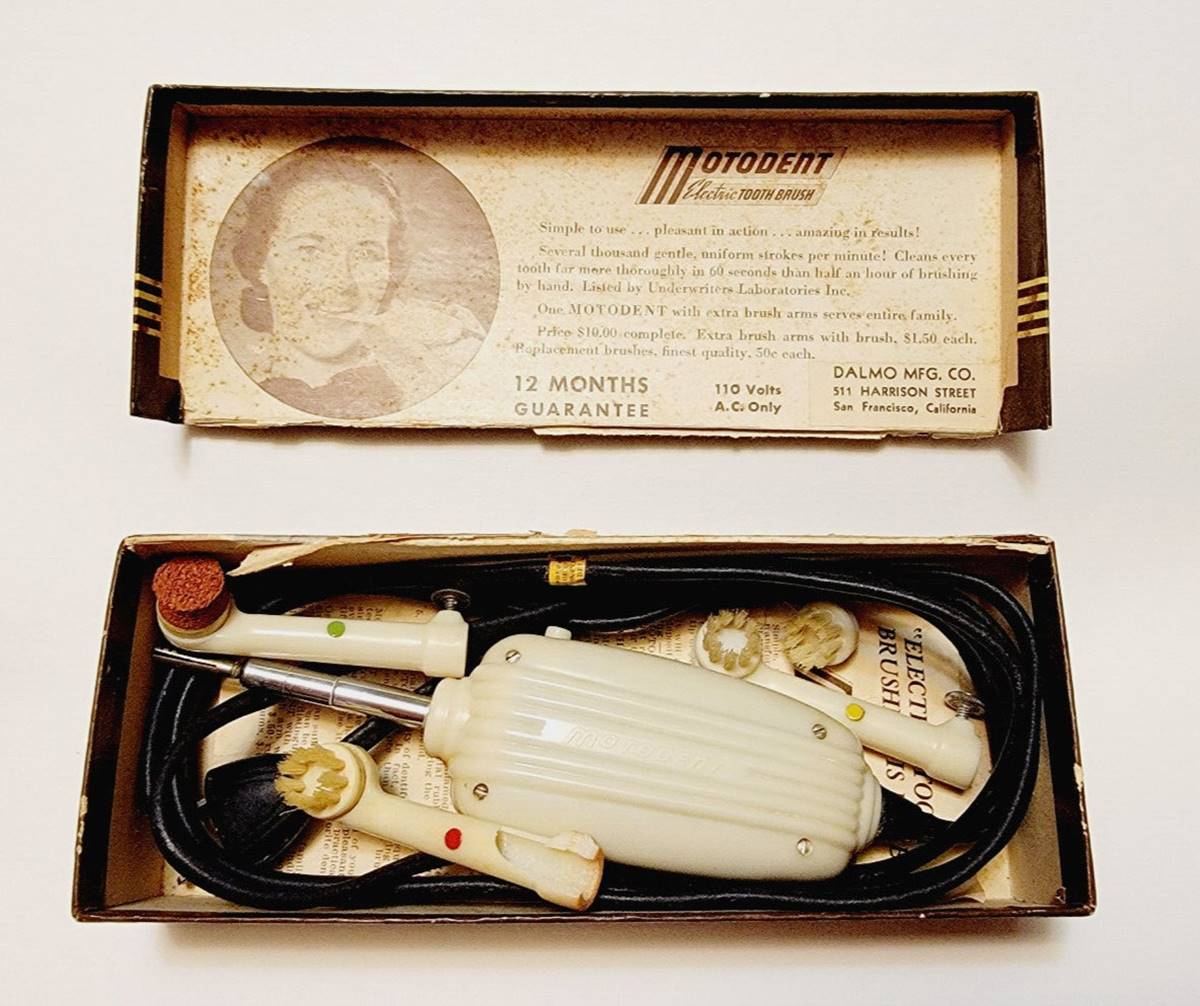

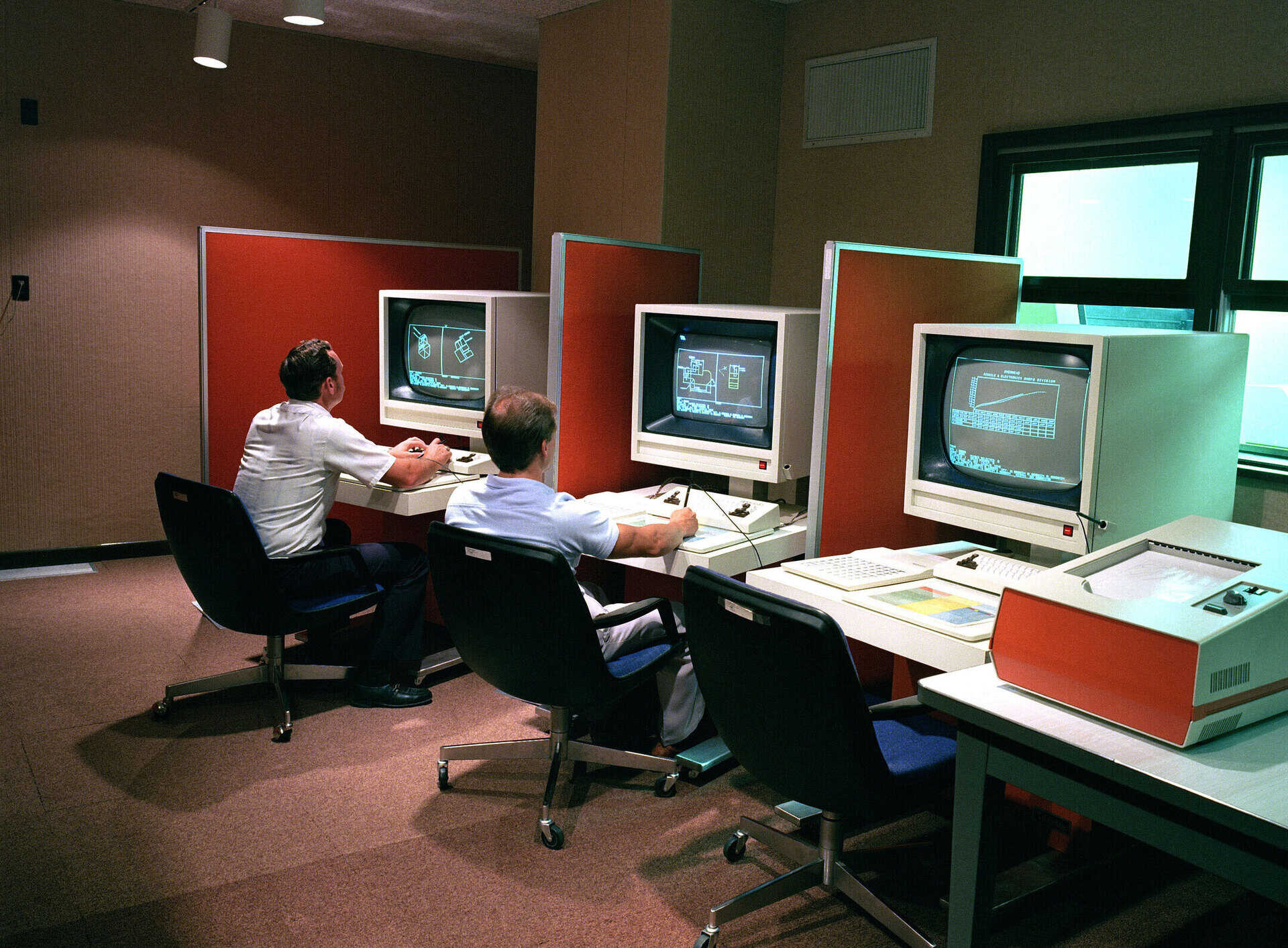







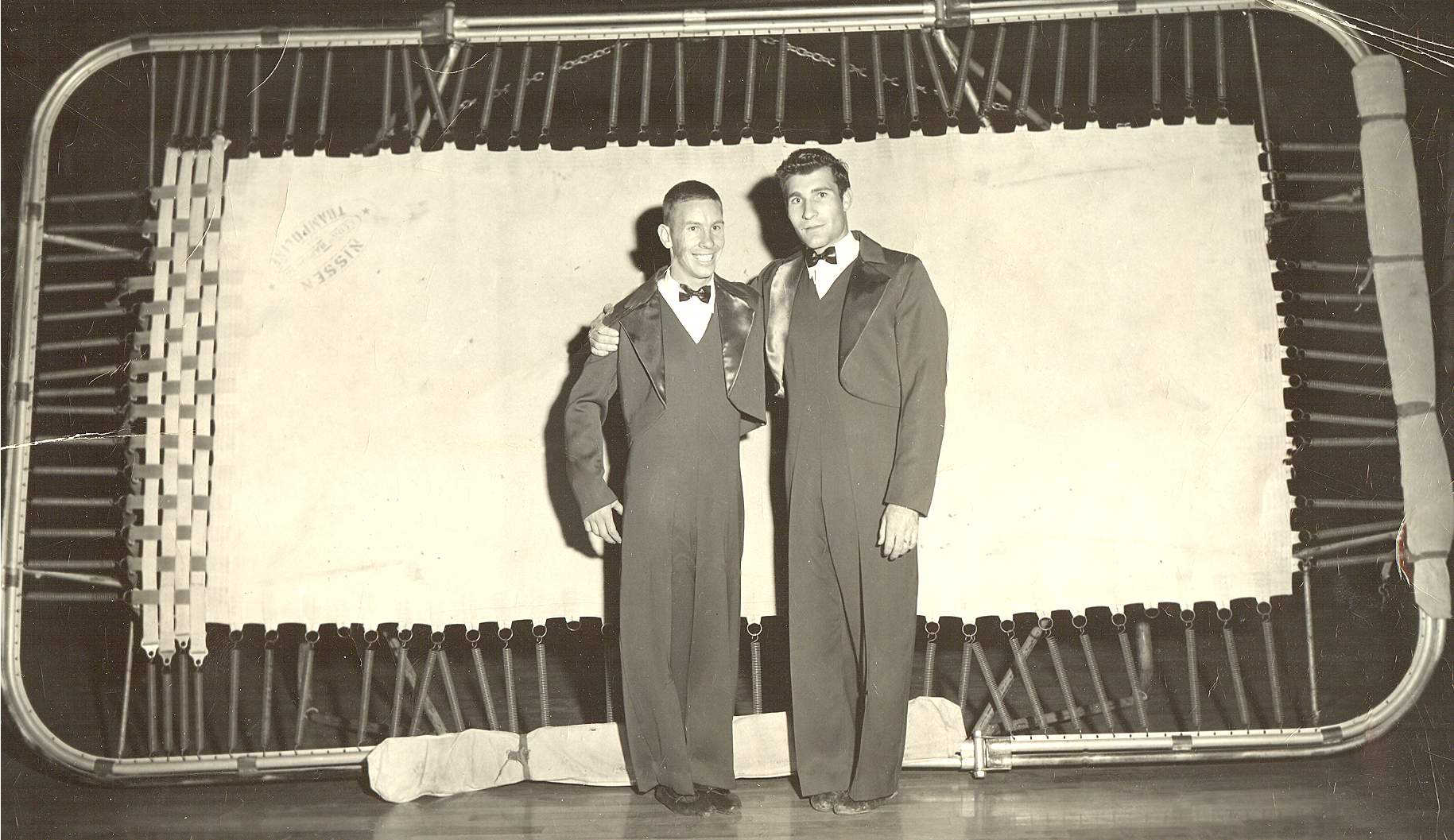


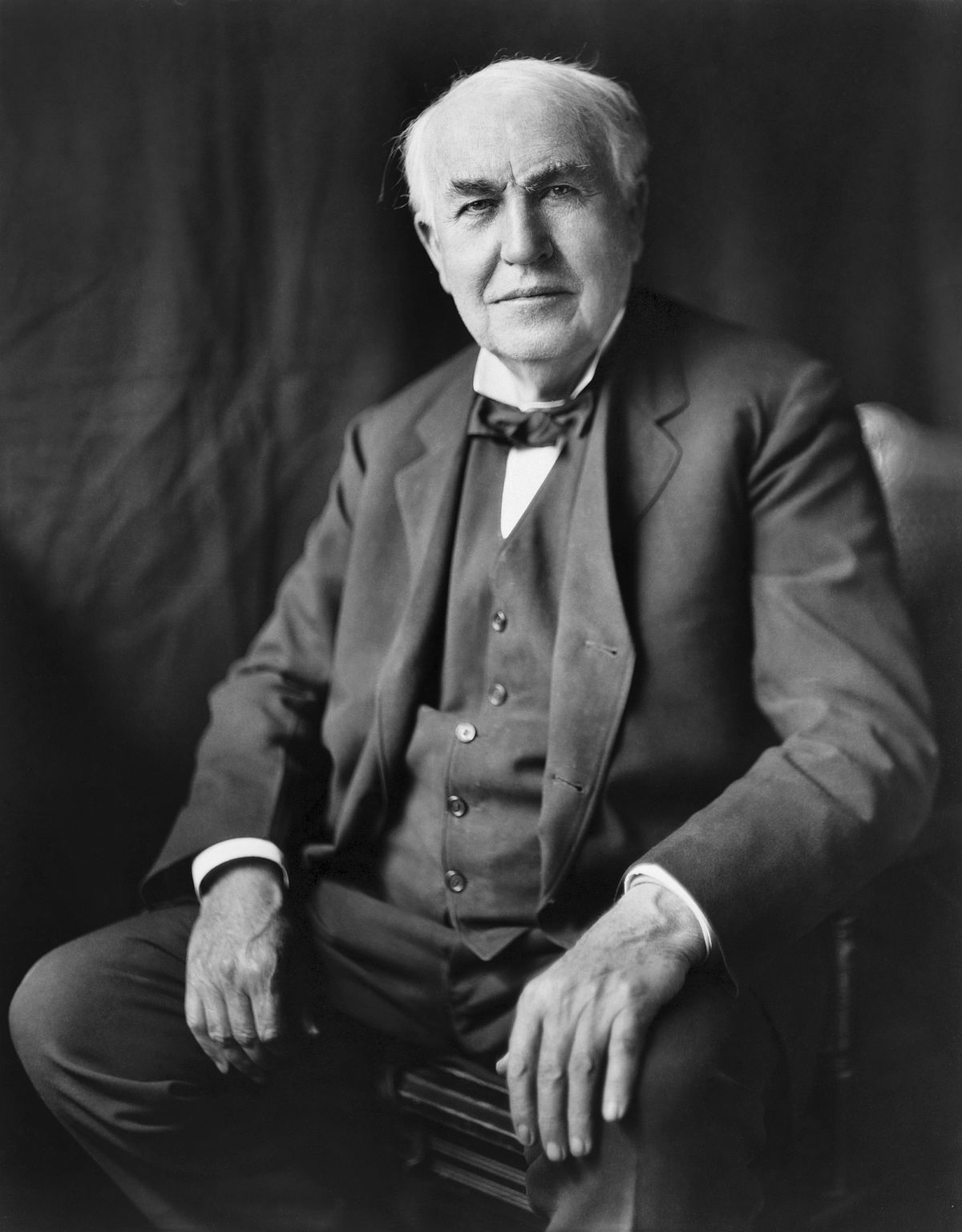

0 thoughts on “Who Invented The Ac Electric Motor”